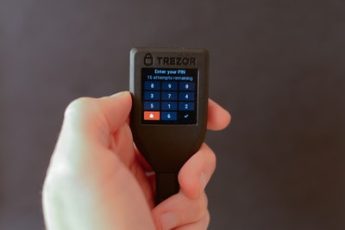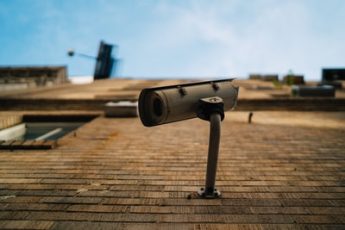
Over the last few years, computers have started shipping with more and more USB connections – it’s that little rectangular plug usually found on the back (and now front and even sides) of your PC, used to connect all sorts of devices to your computer – keyboards, mice, scanners, cameras, MP3 players, and a myriad of others. In fact, it is now impossible to get a computer without one.One of the most popular uses is to connect small thumb drives (also known as pen drives or USB drives) in order to back up, store, and transport data. In such a fashion, these are quickly becoming the de facto replacement for both write-able CD-ROMS and floppy disks. Typically, these are either dedicated storage devices or integrated into portable music players (such as the ever popular iPod) and can hold anywhere from 128 megabytes to 80 gigabytes (enough for most companies ENTIRE record set).
What, exactly, is the problem with this? A standard, high-speed, easy to use connection for almost every device sounds like a great advantage for computer users.
Unfortunately, there are some very serious security implications associated with USB and its ease of use. The worst of these deals with letting data get into the wrong hands. There are several ways that someone interested in your data might leverage USB to get your sensitive information and take over your computer resources. Even worse, as these devices grow in capacity, the danger they pose also increases.
Let’s look at the following scenario:
Say it is day-time and you just updated your computer to the latest version.
You decide to update using your USB pen drive.
Knowing that your computer is on and updating it, you decide to do a quick hack to see what updates you can get.
You boot your computer up and run your antivirus software.
After updates are found, the antivirus software decides to block the updates, stating it cannot identify the update.
You then decide to try plugging your USB pen drive into your computer.
Your computer immediately starts to complain that it cannot find the USB pen drive.
When you try to open your computer, it reports that the USB pen drive is not recognized.
As you continue to search for a way to plug your USB pen drive into your computer, you find that not only can’t you find a USB pen drive that will work, but trying to access one will bring up a number of other errors as well.
Finally, after more searching you find that….
Your computer is damaged by a virus.
In order to save your computer, you need to install an anti-virus program that will find the virus and remove it.
Since you have so many viruses, you will most likely find at least one virus that will infect your computer.
The anti-virus software program offers several different techniques for stopping the viruses from getting on your computer. One of these techniques is called “active scan”. This scan uses specially designed software to scan your computer and find any number of problems that a virus can cause. The program will then offer a particular solution for the problem, such as deleting the files that are infecting the computer.
Some more good news. If you now have a virus protected laptop, you can also get a virus protection software kit that will make sure your computer is protected against viruses.
While viruses continue to be a problem, you can stop your computer from being infected by many of them. Download an anti-virus software program today and you will be protected against viruses.













